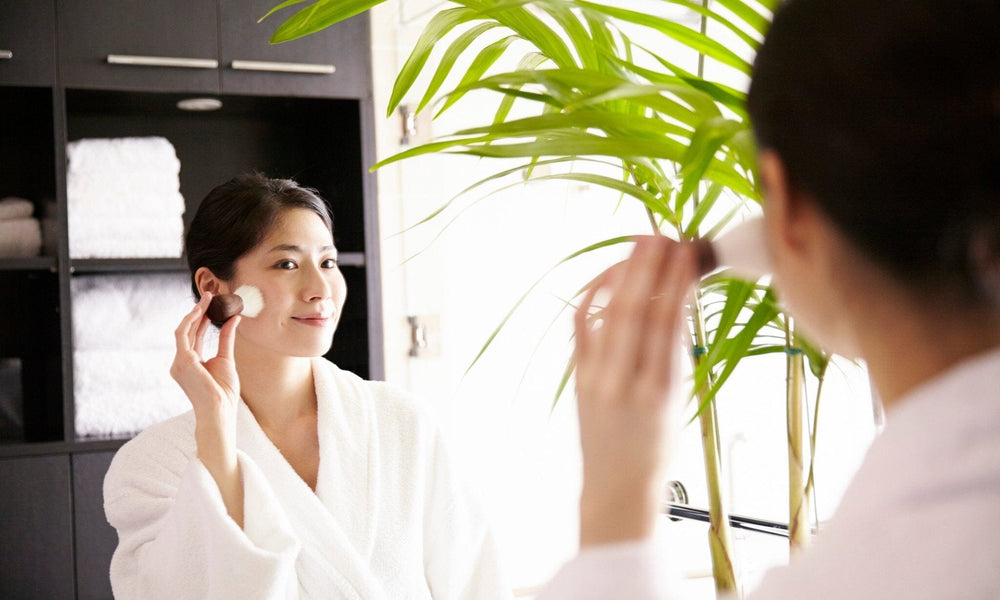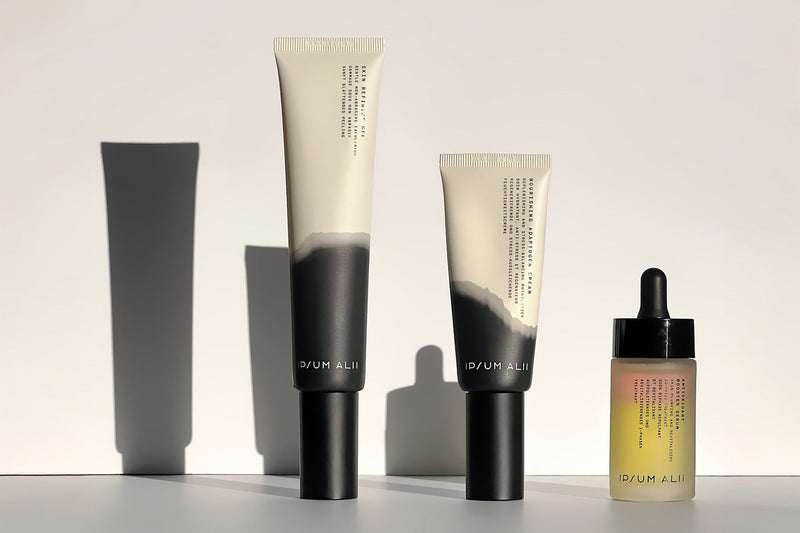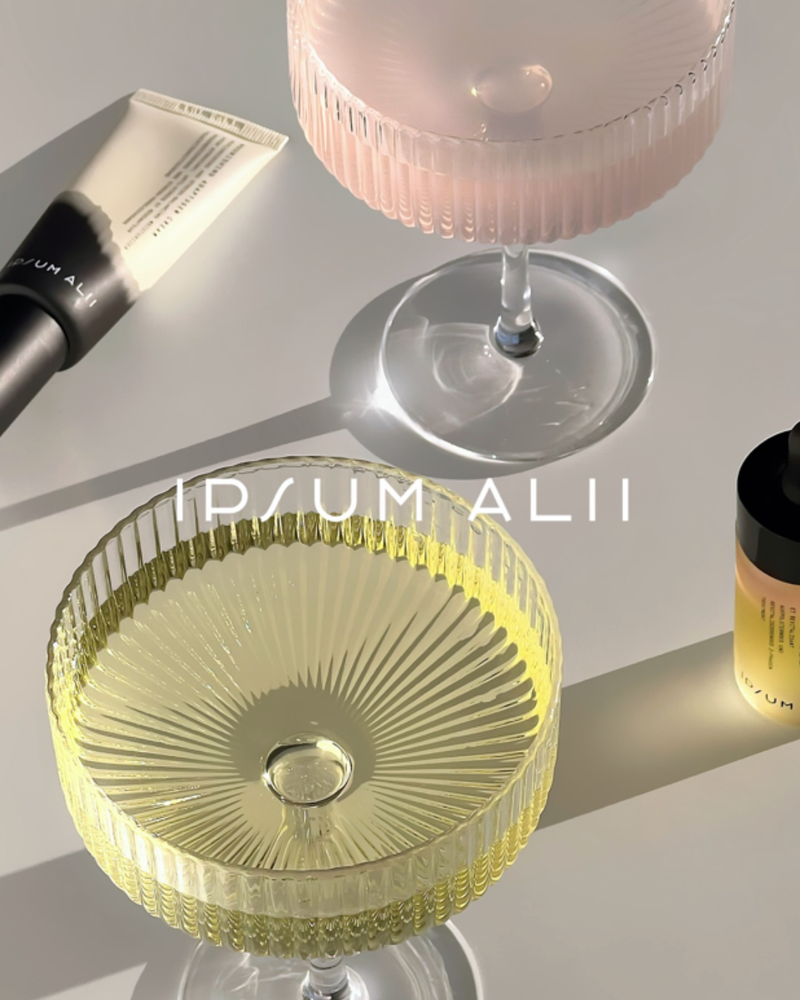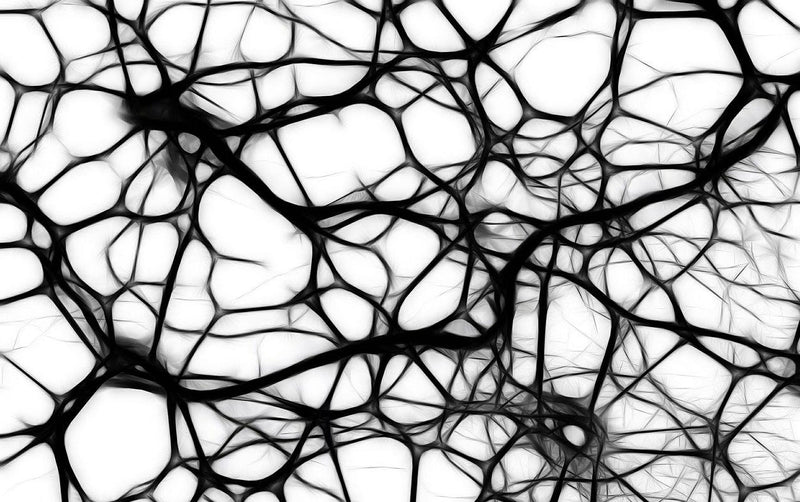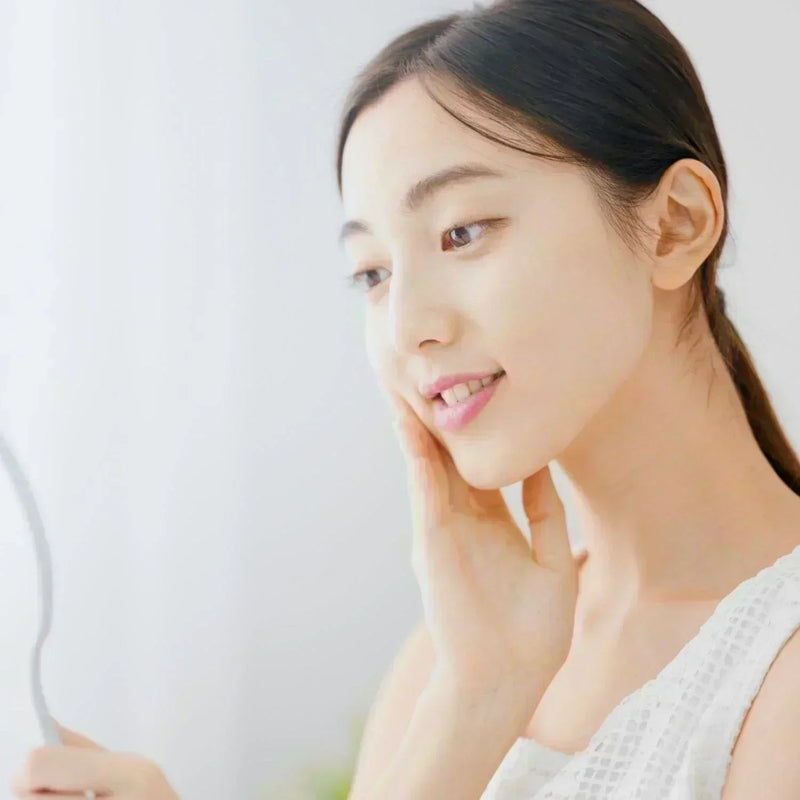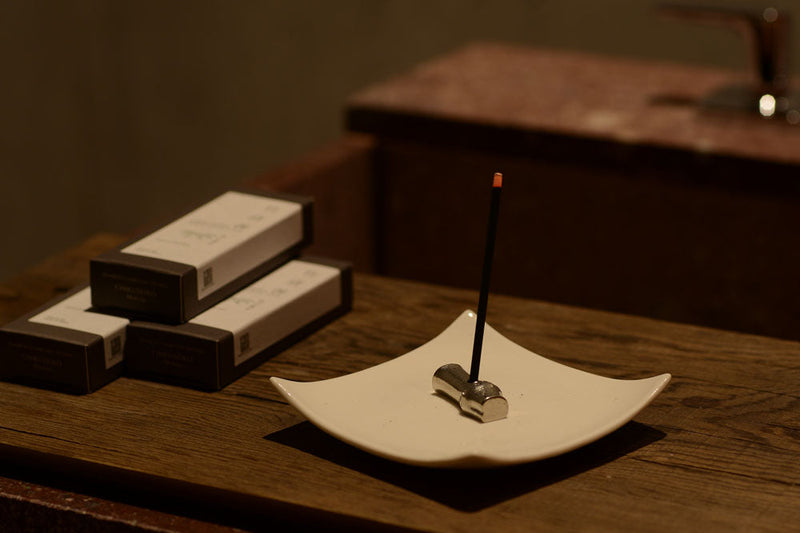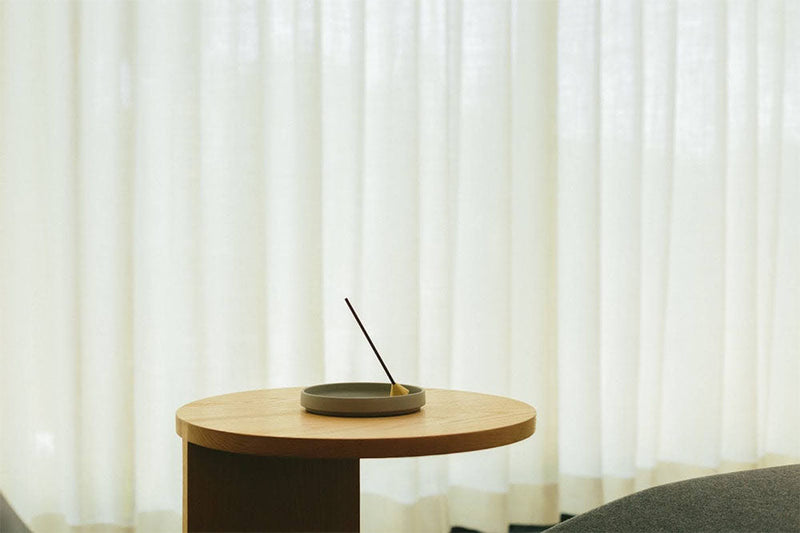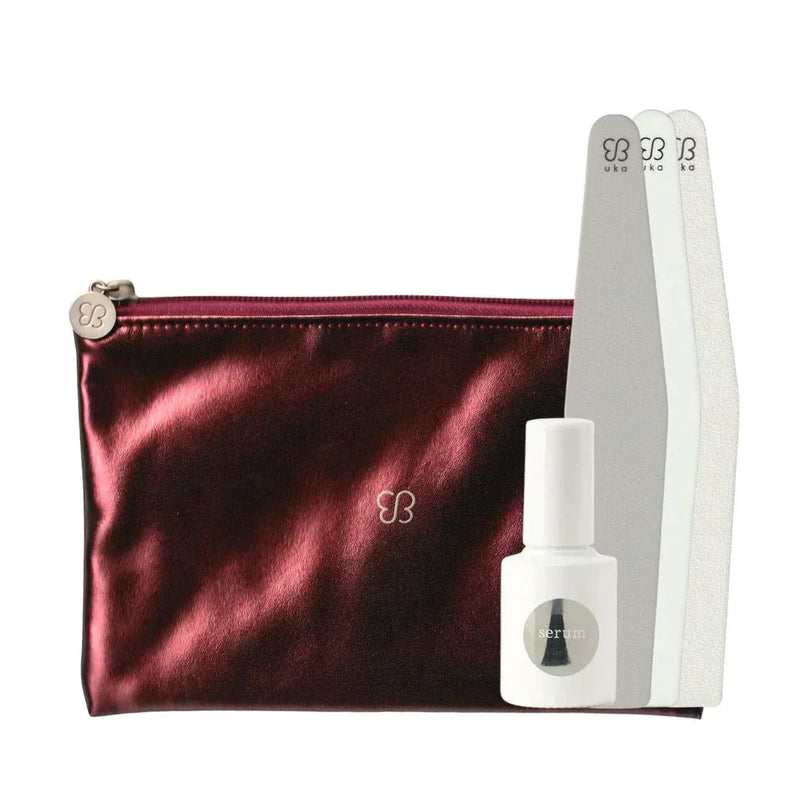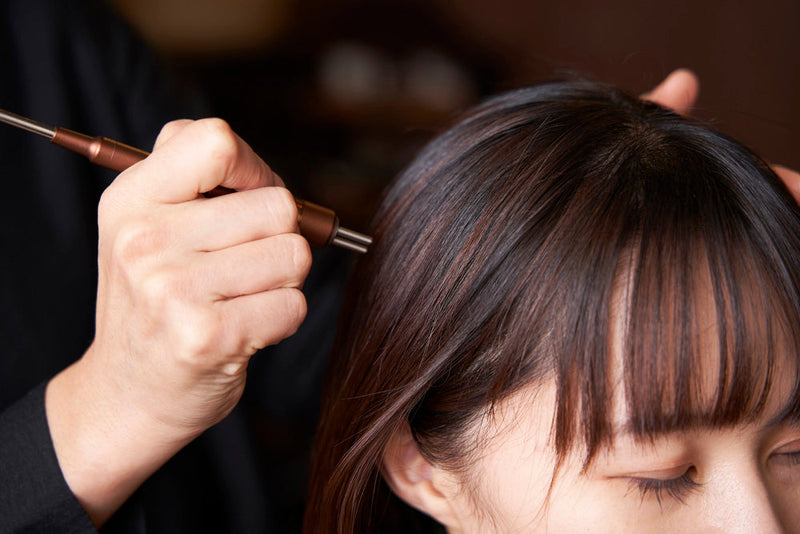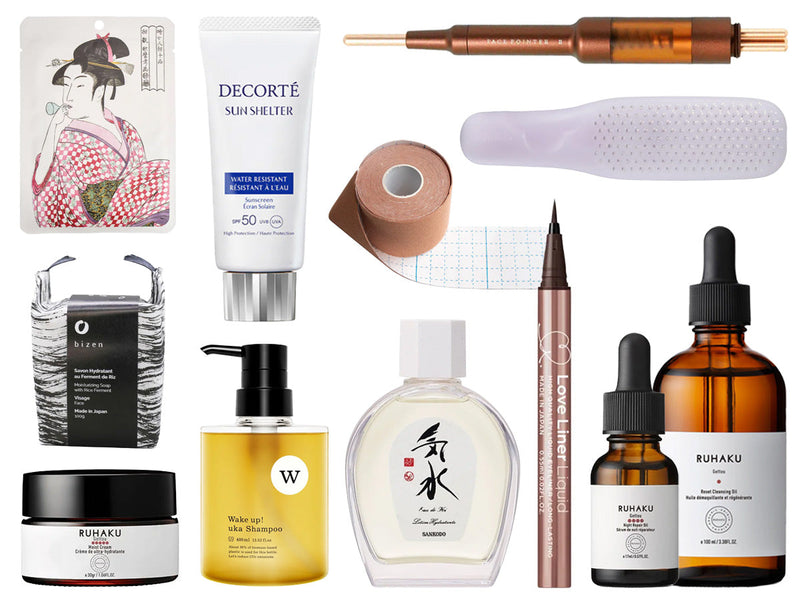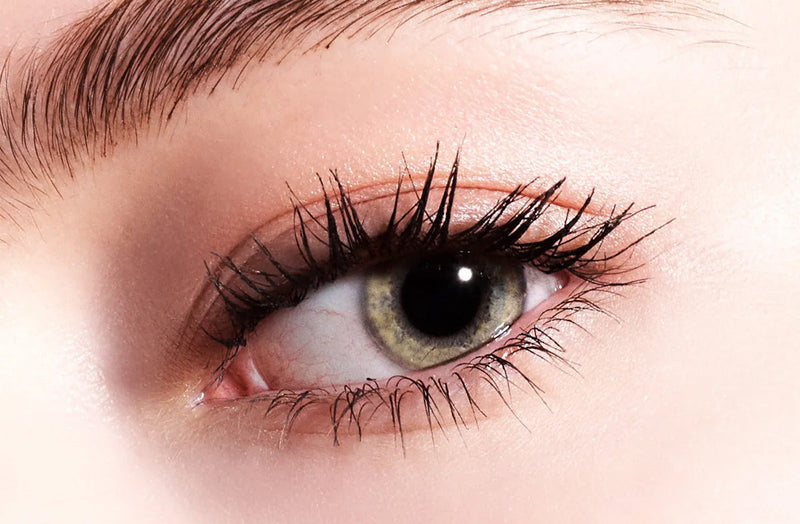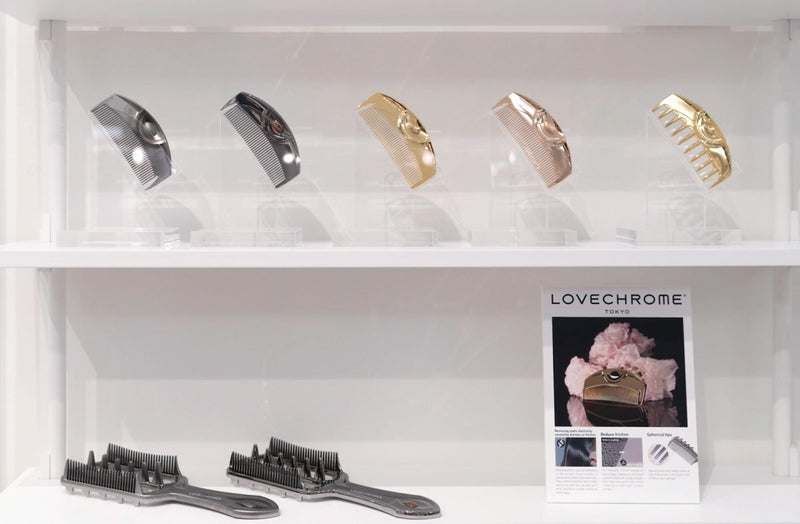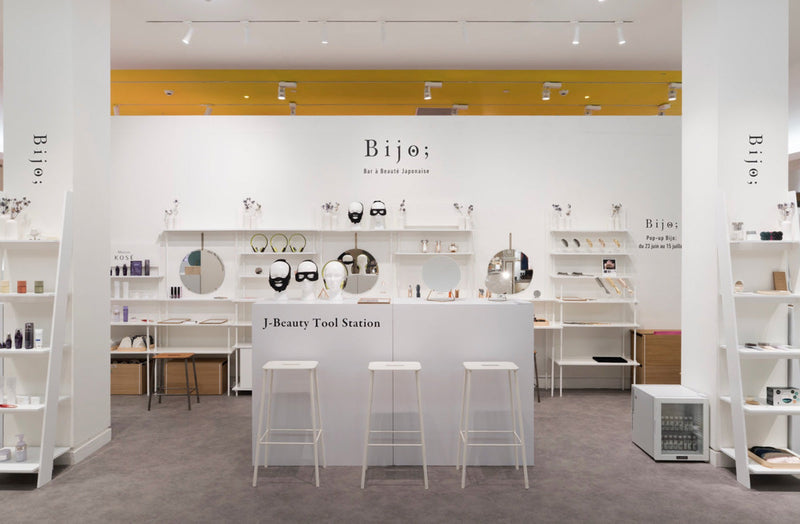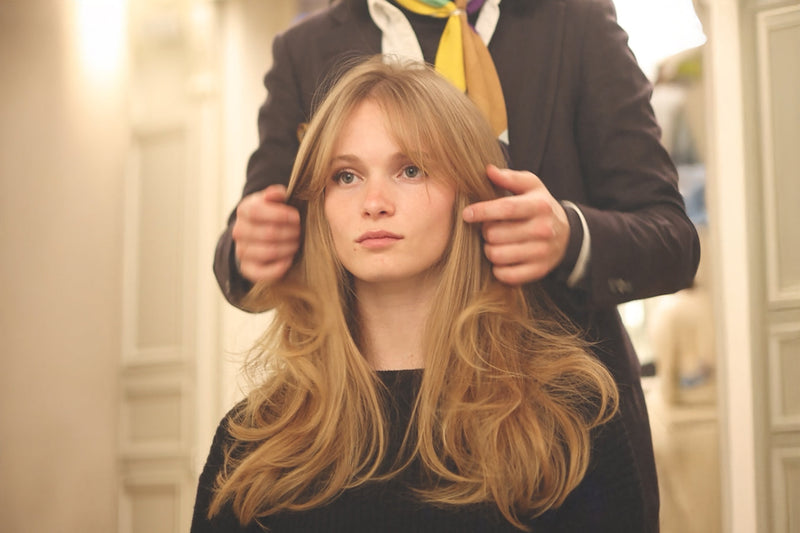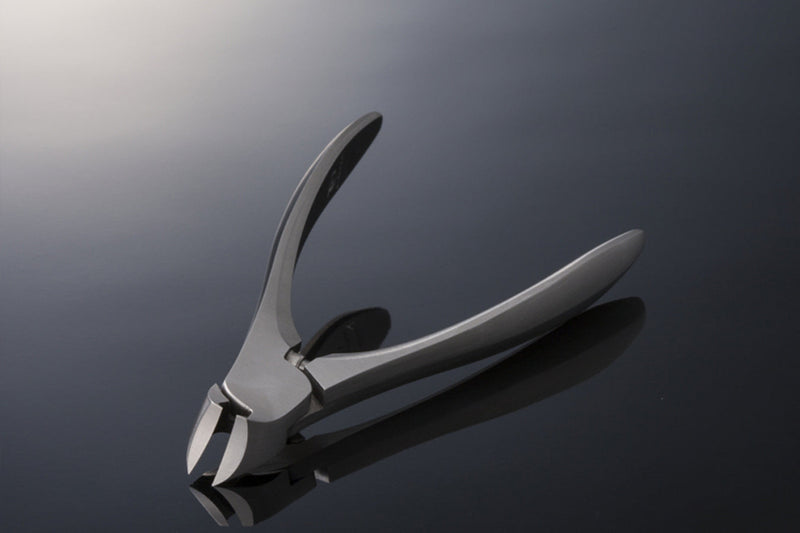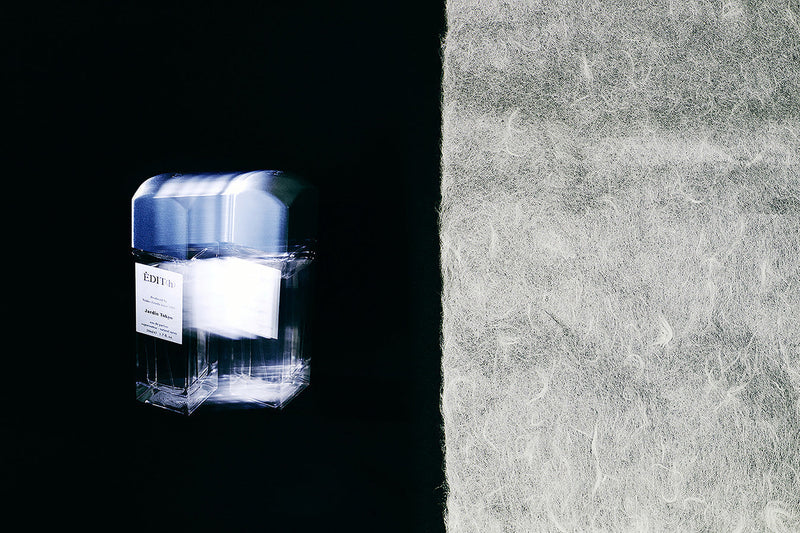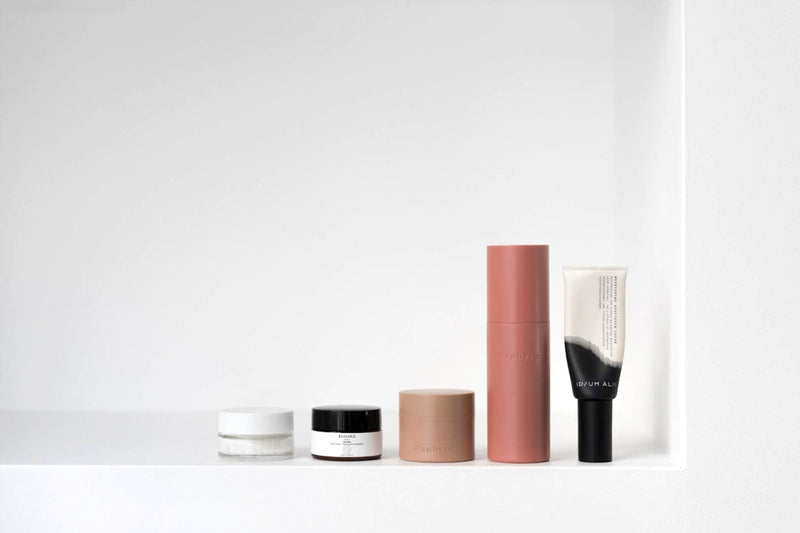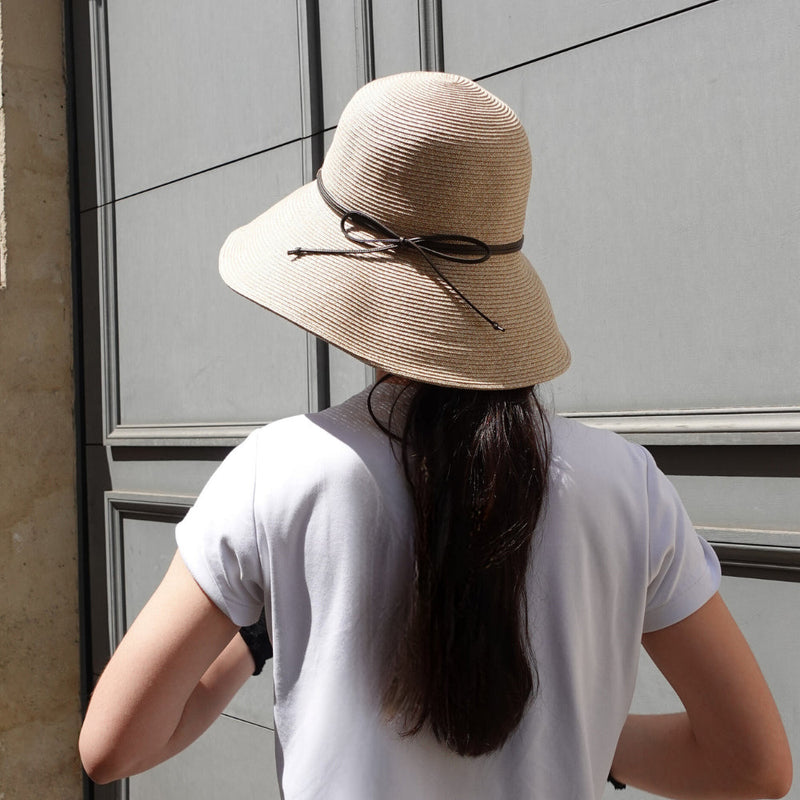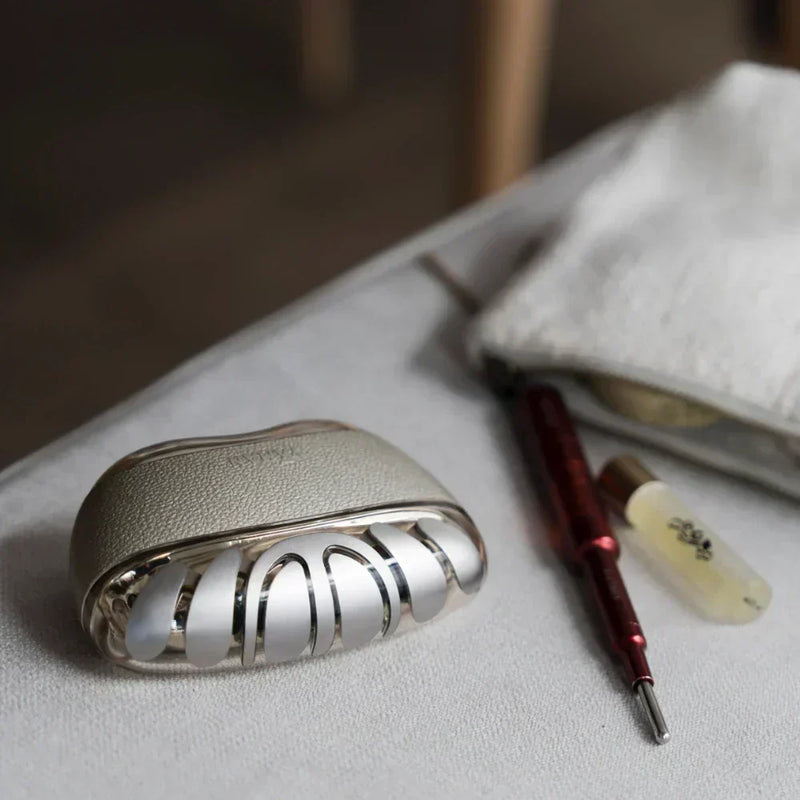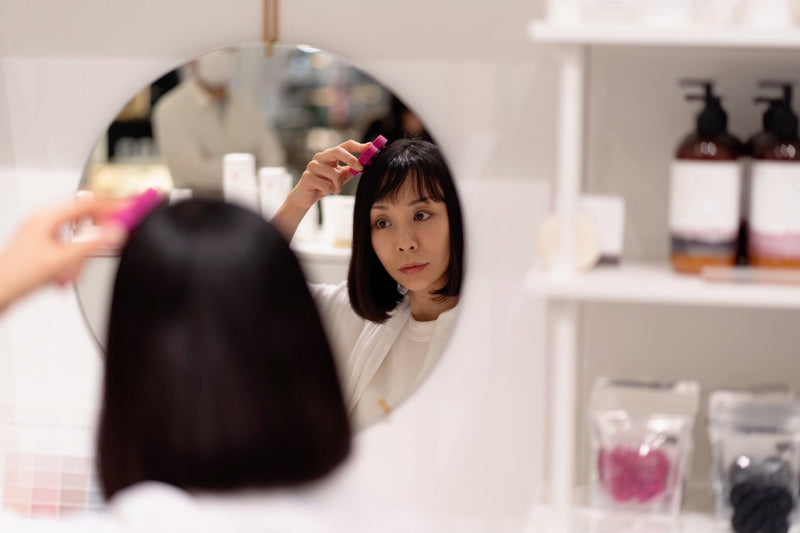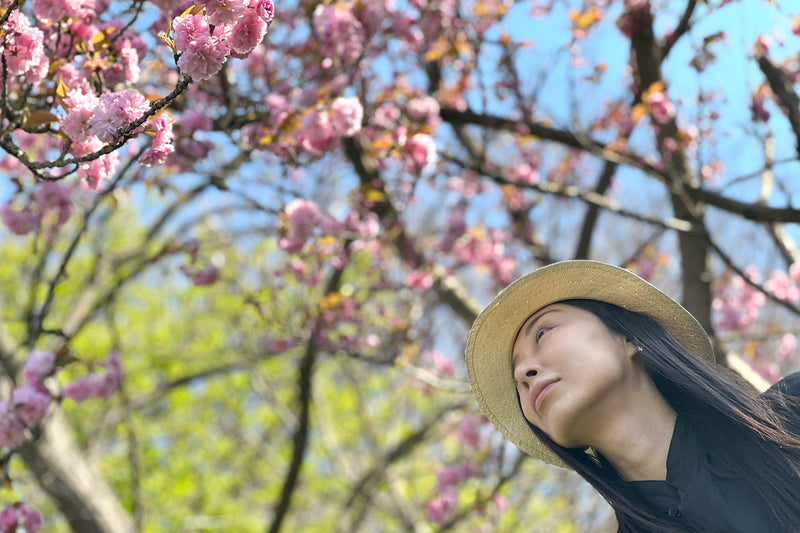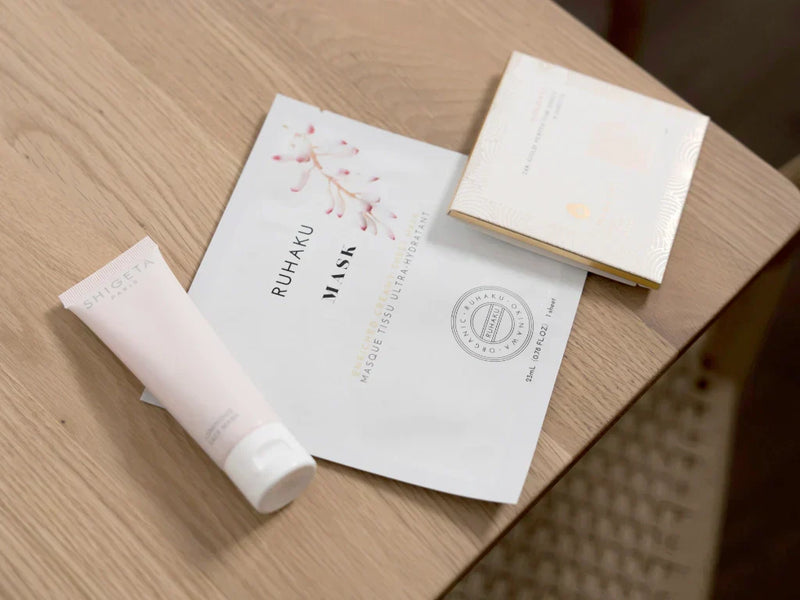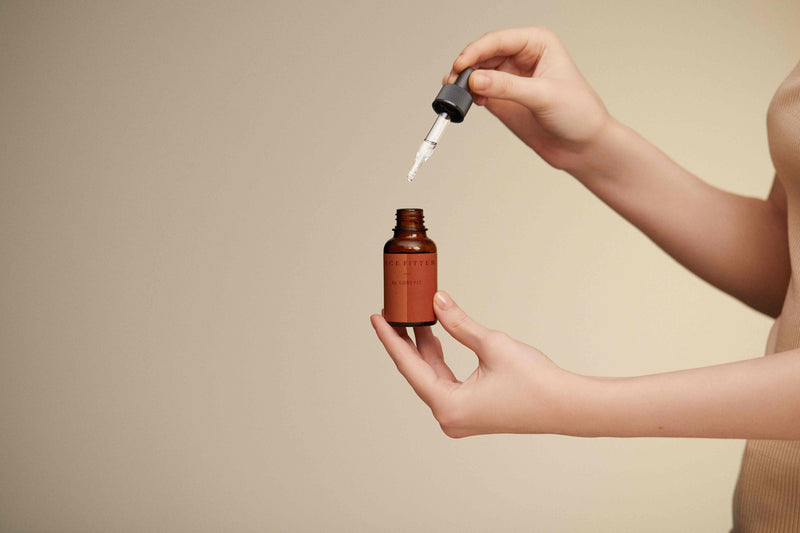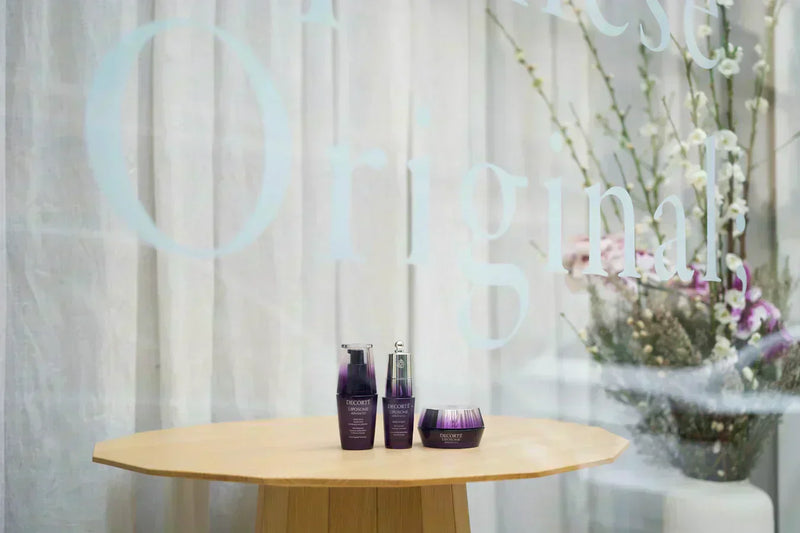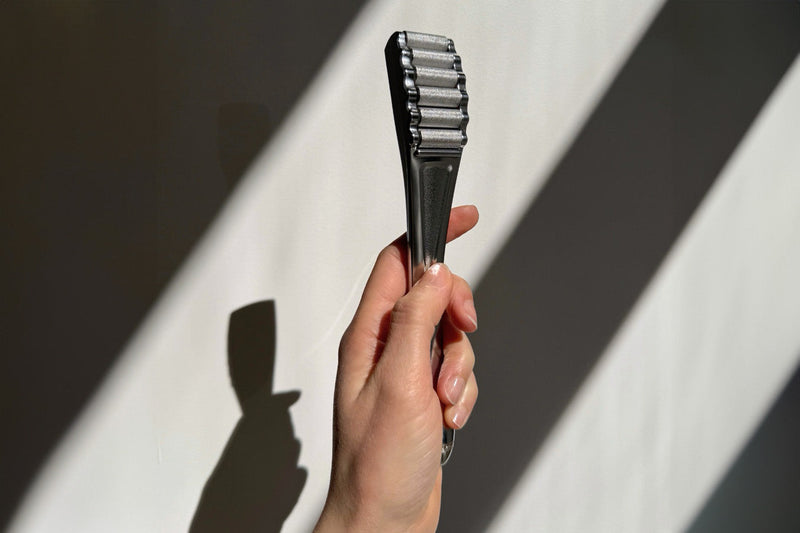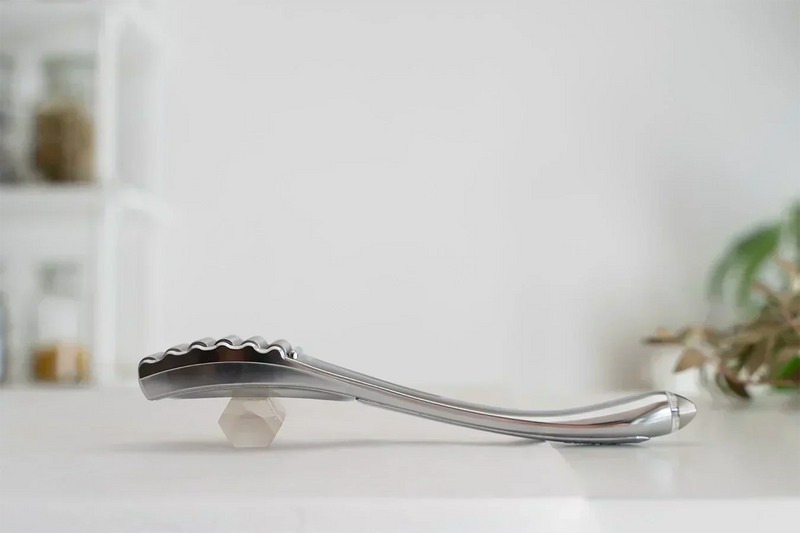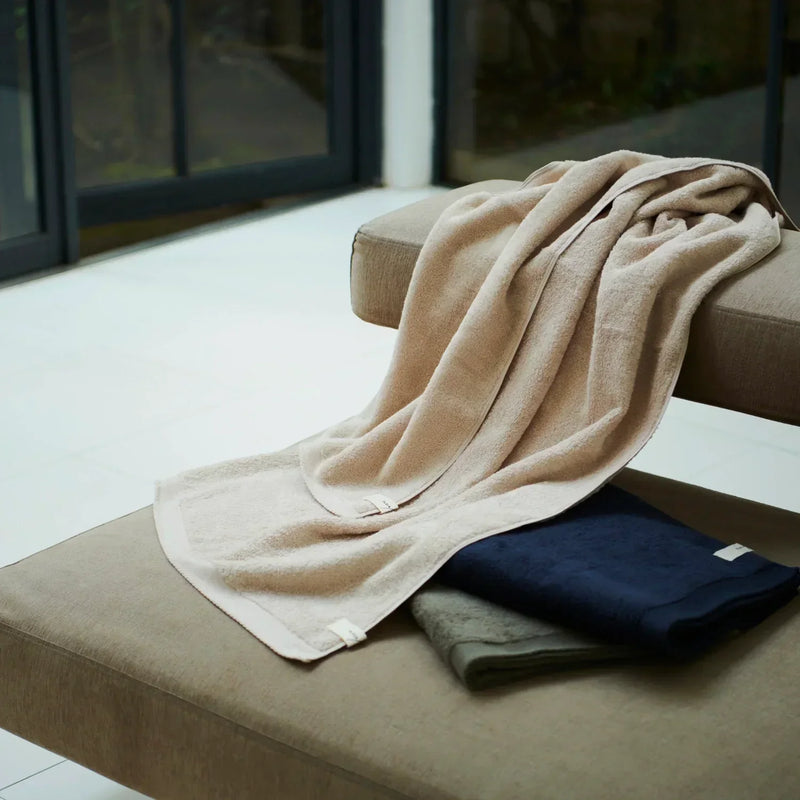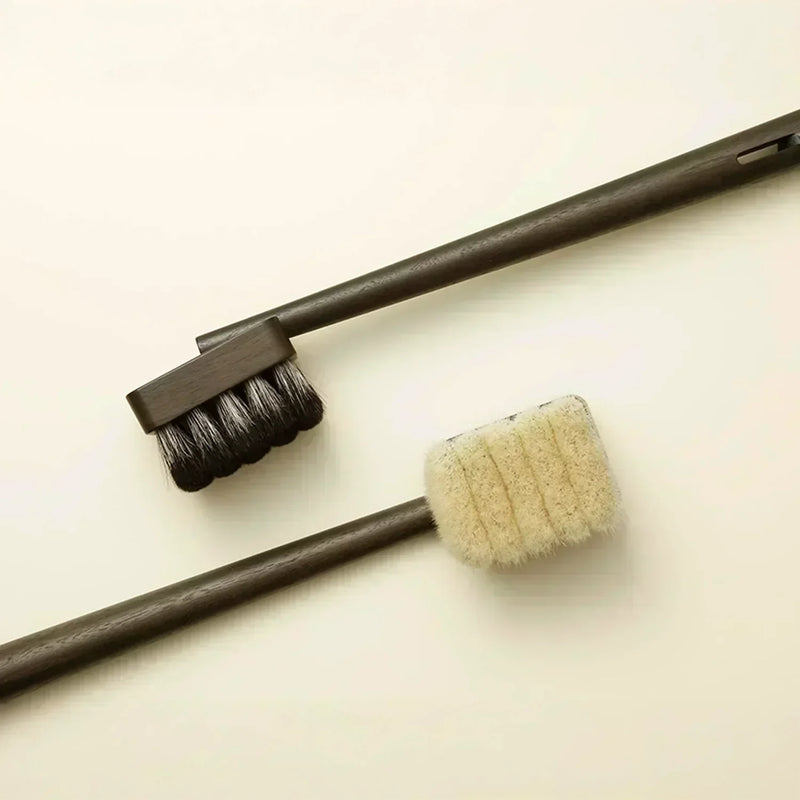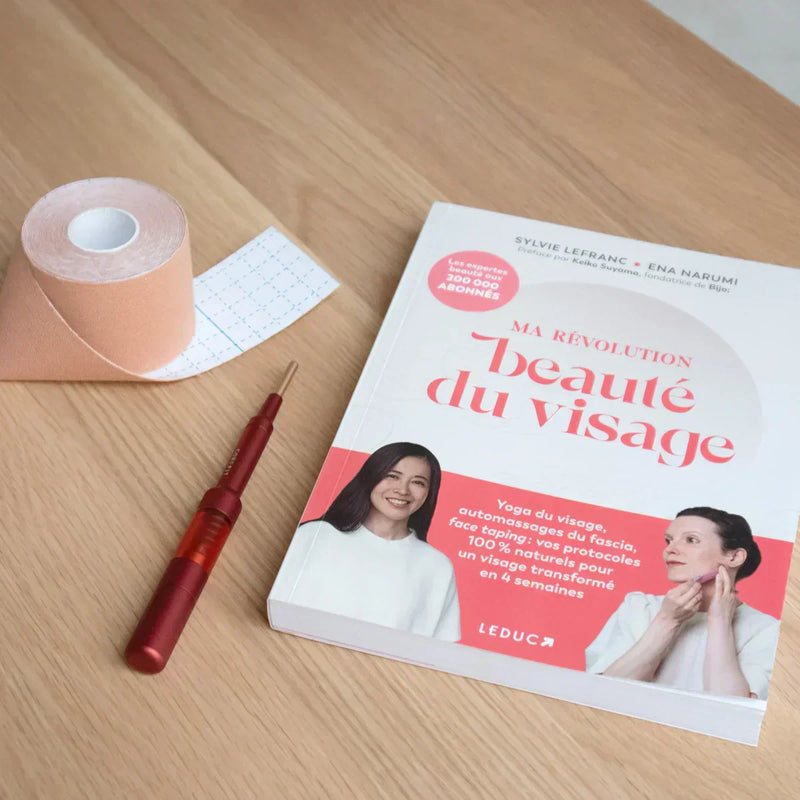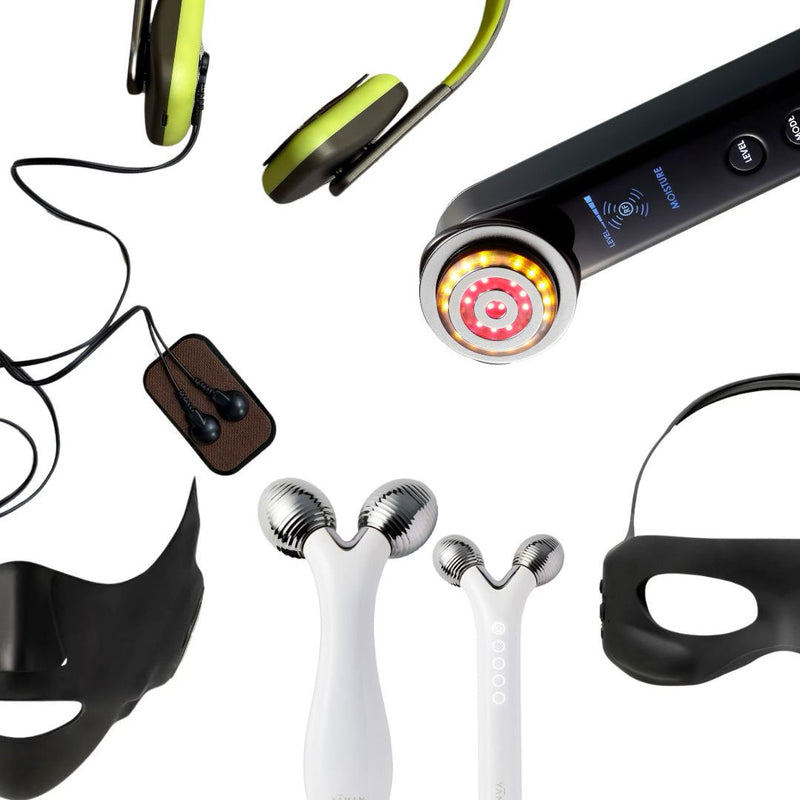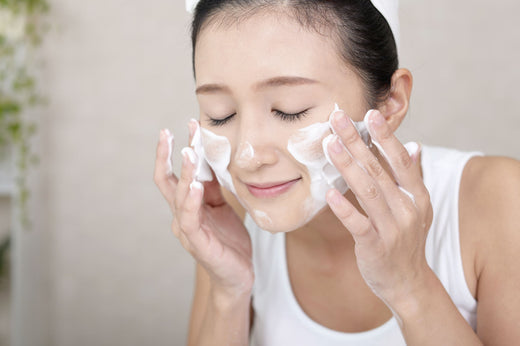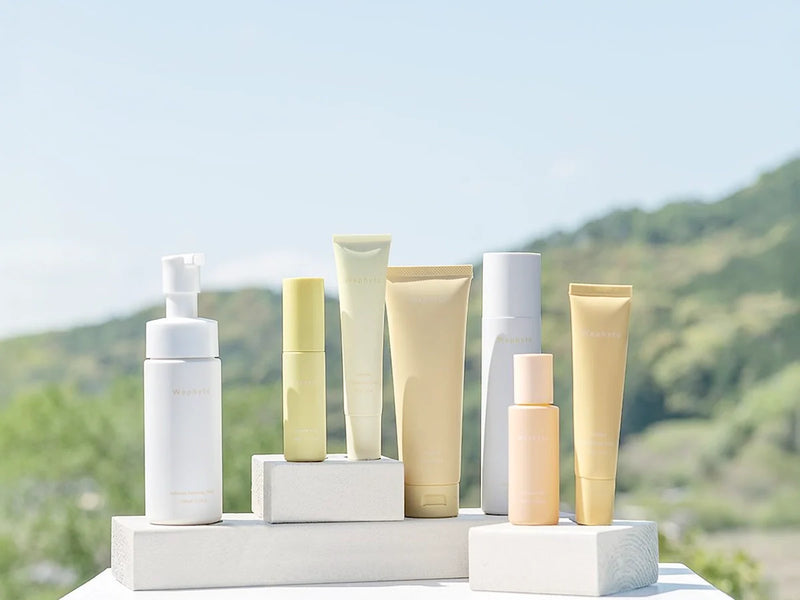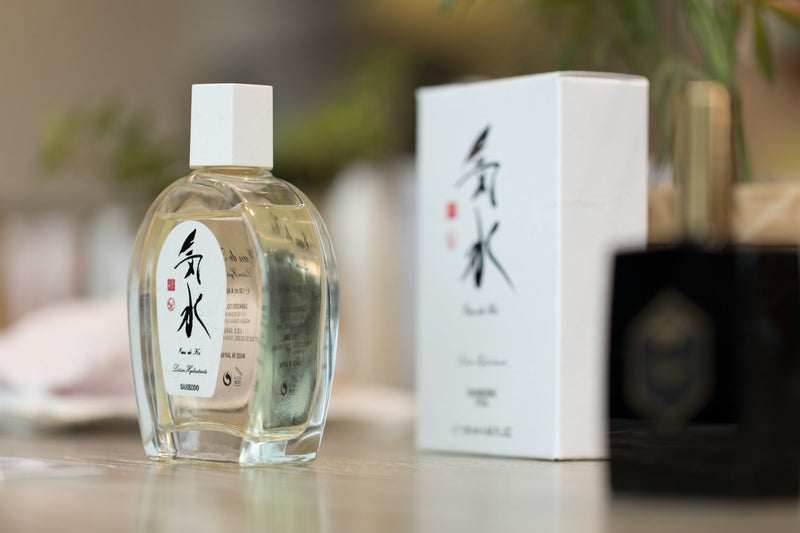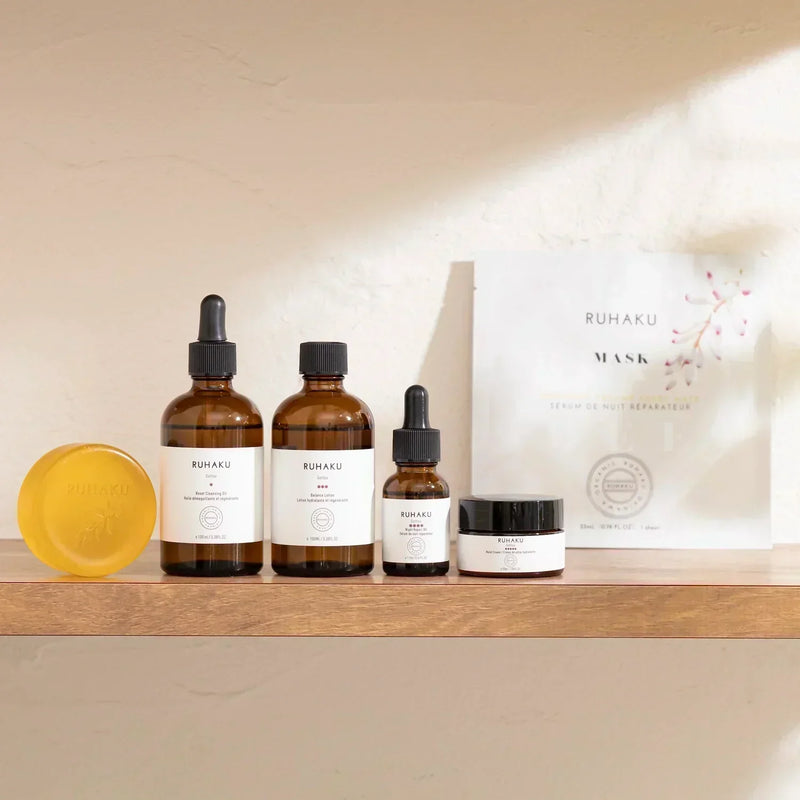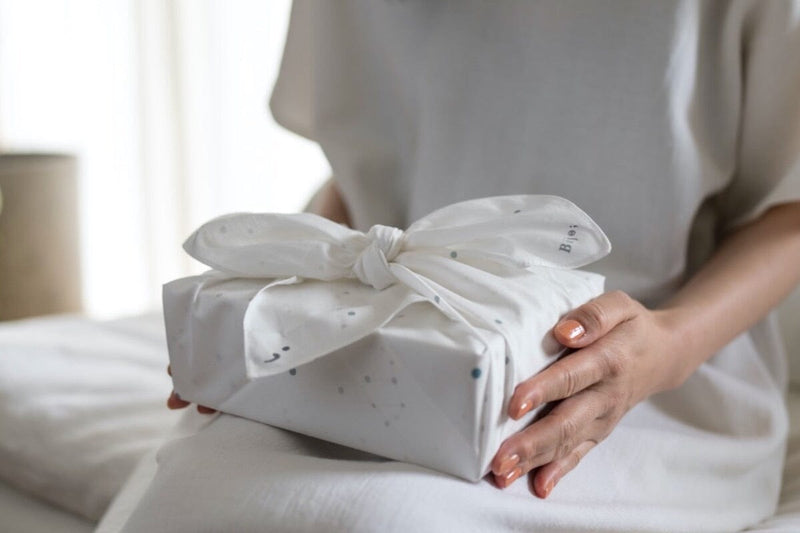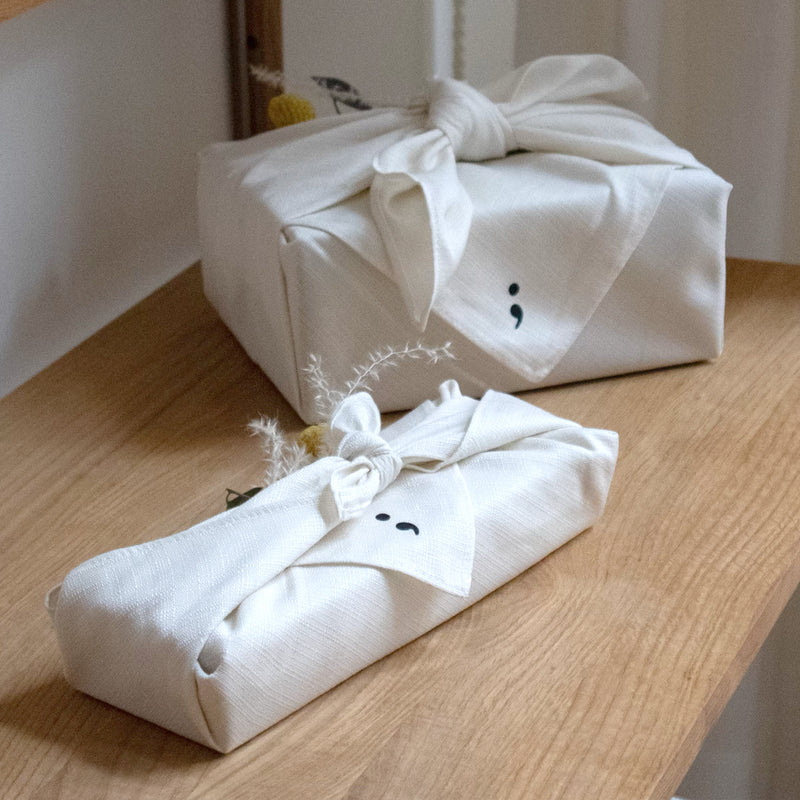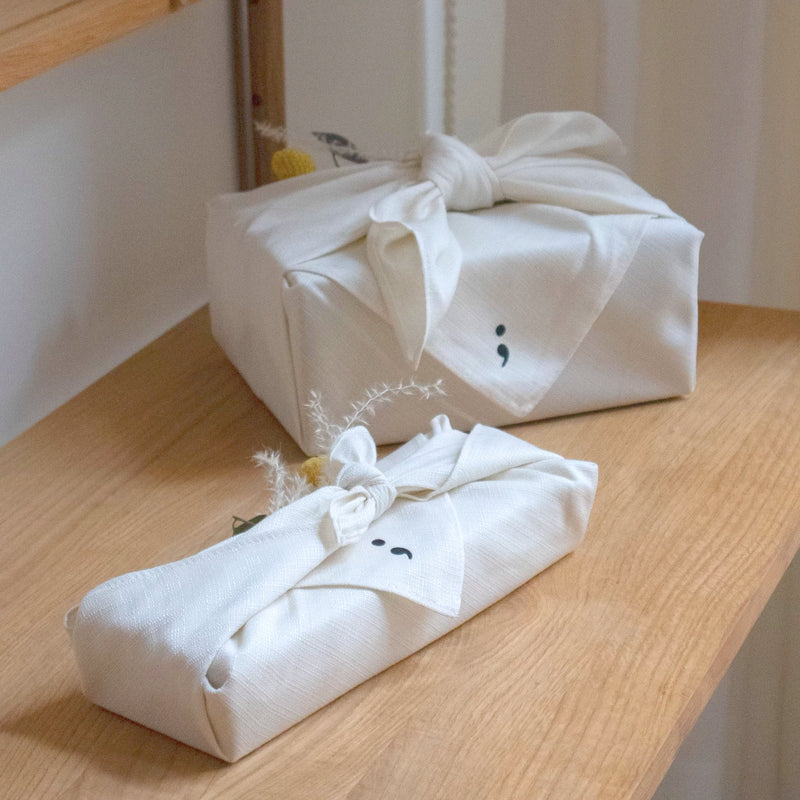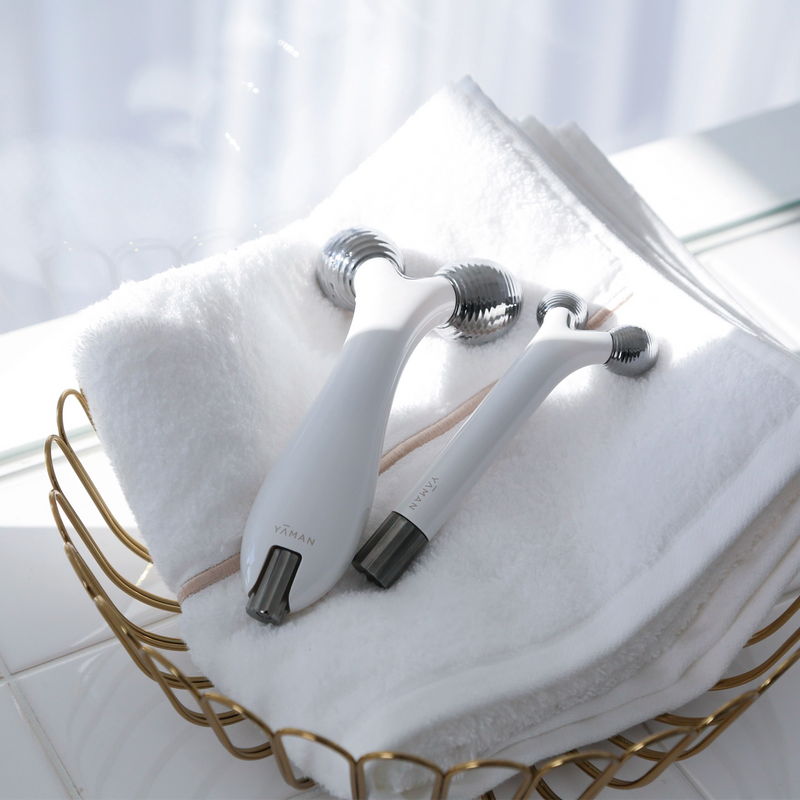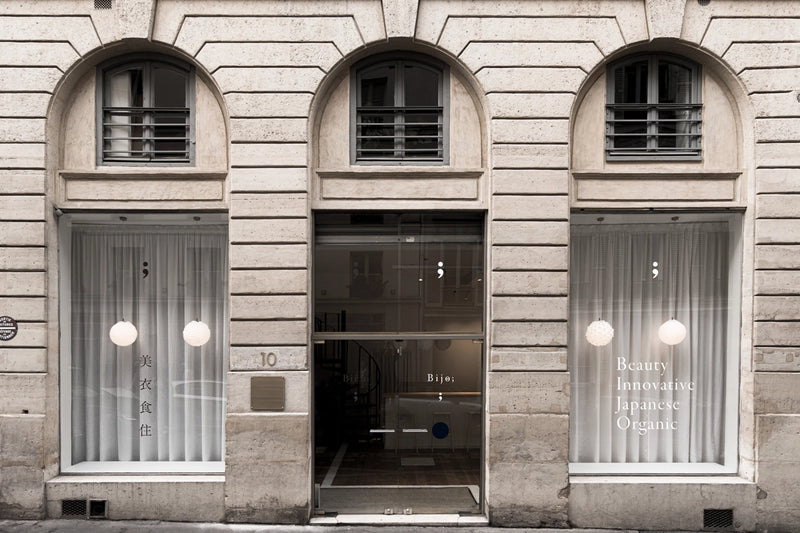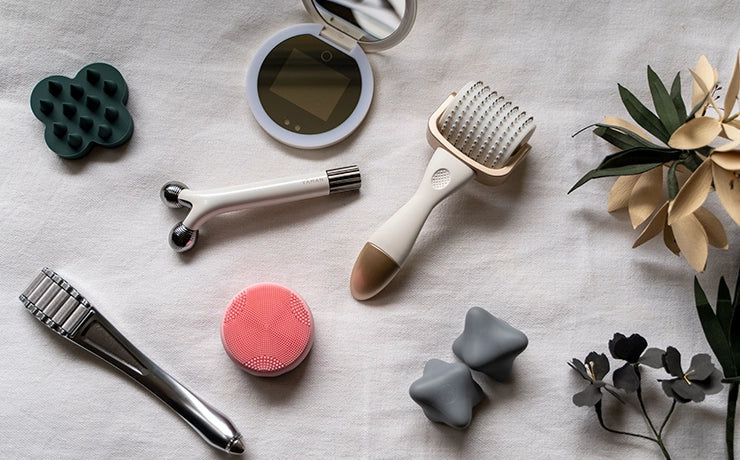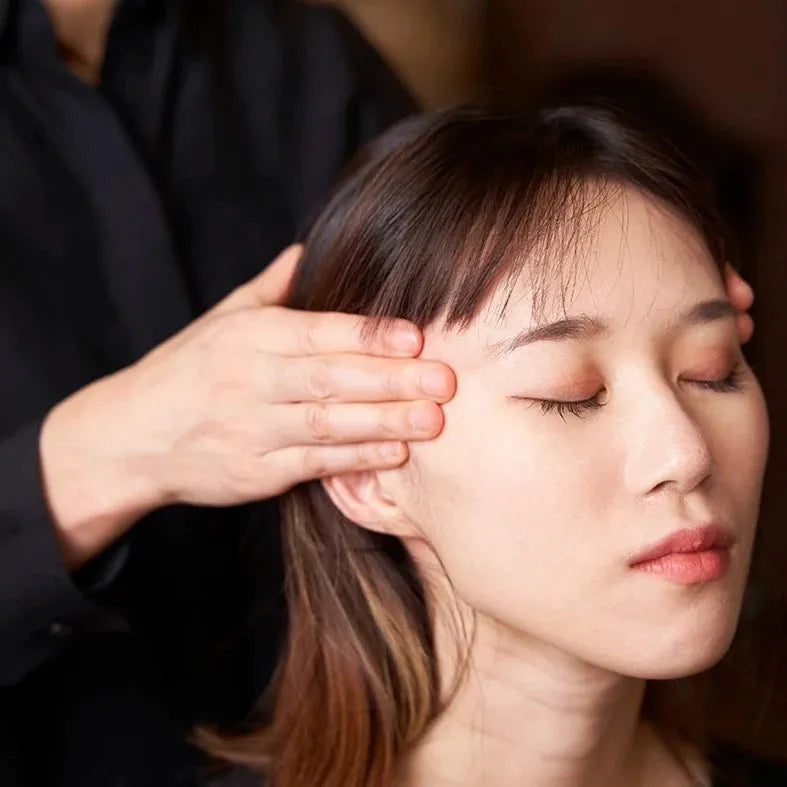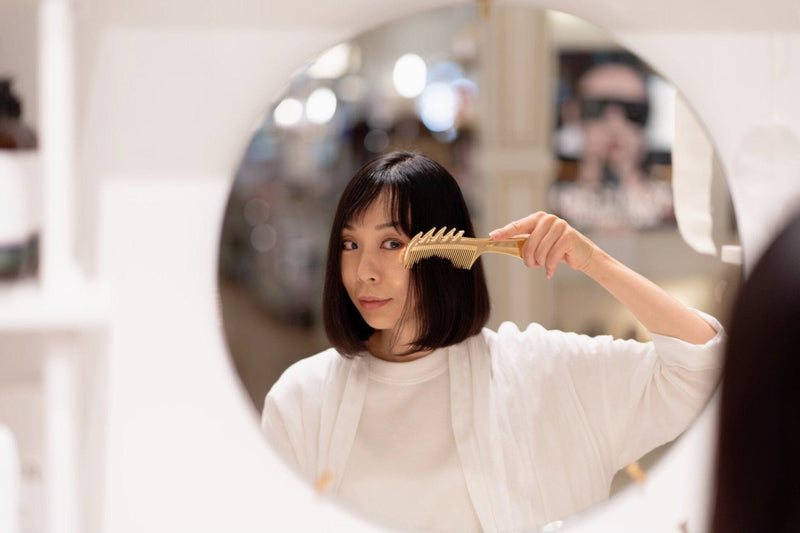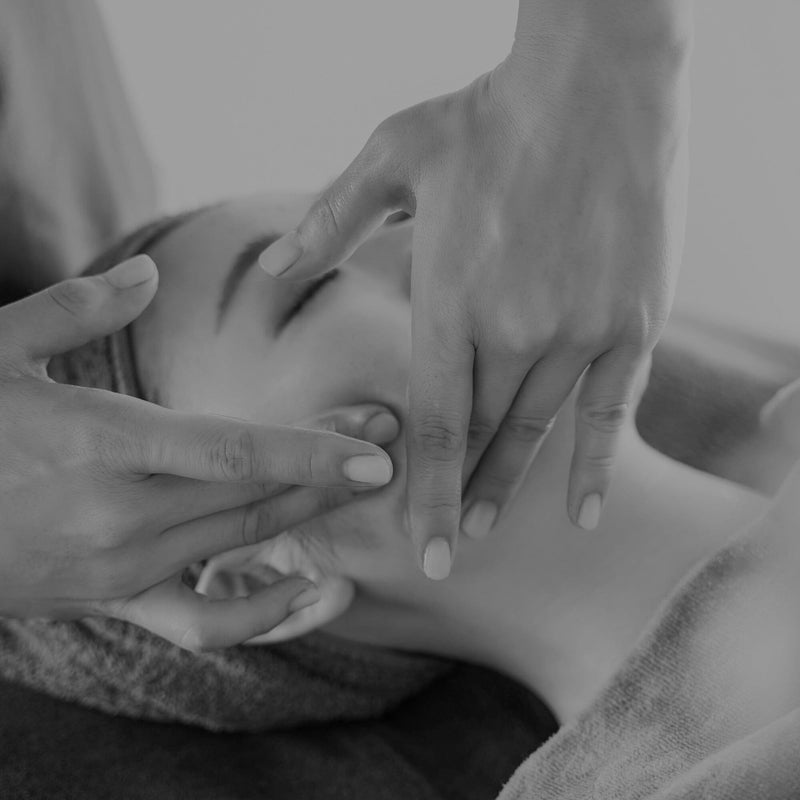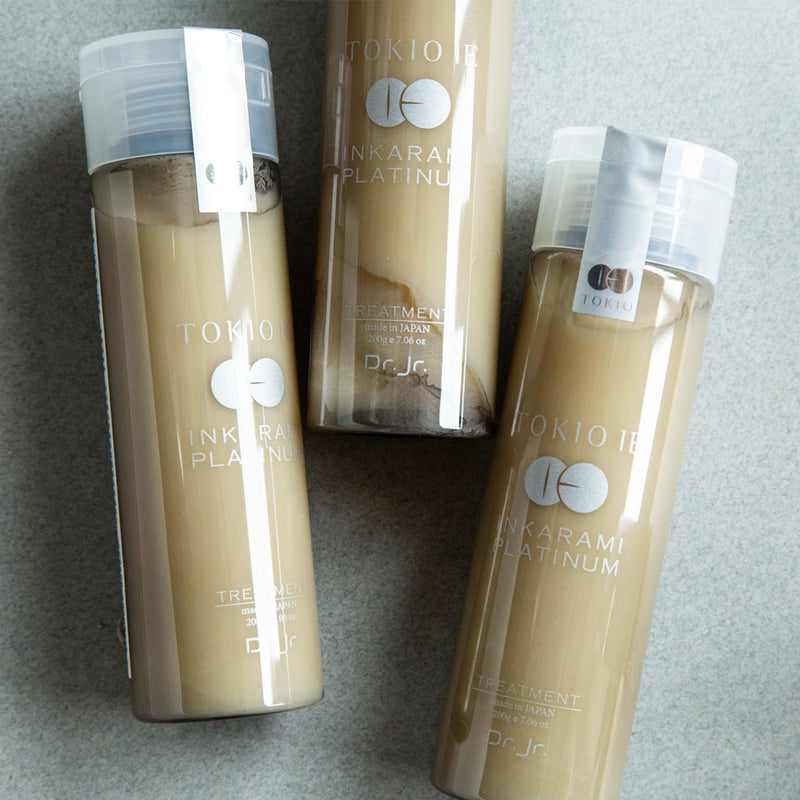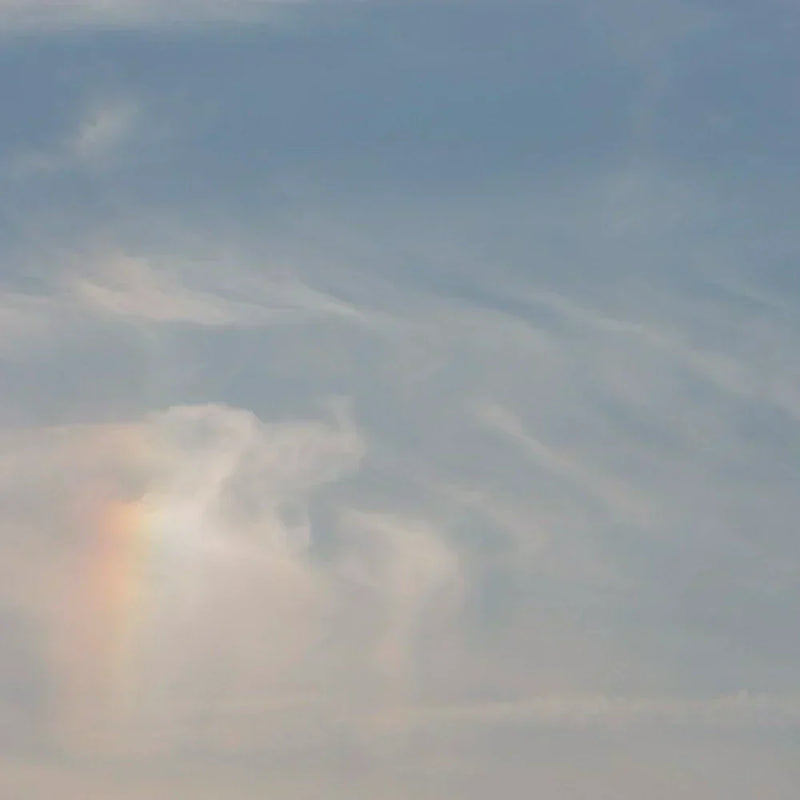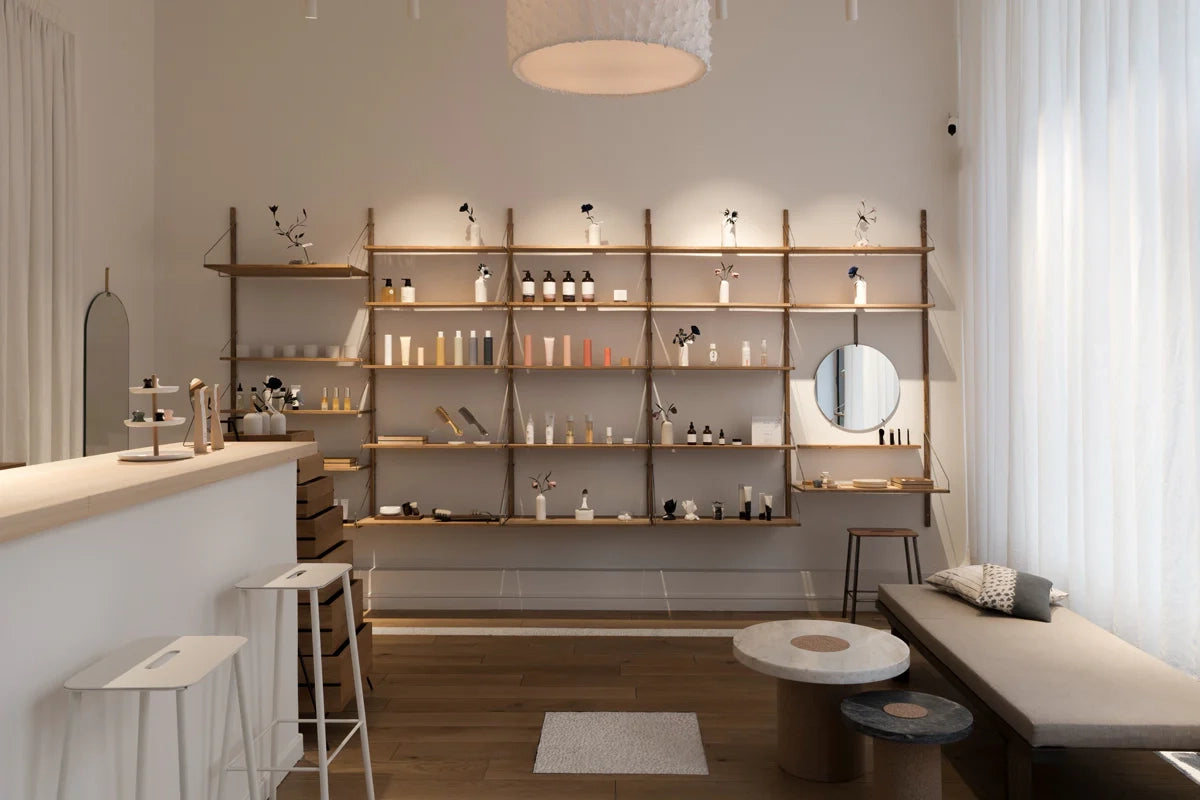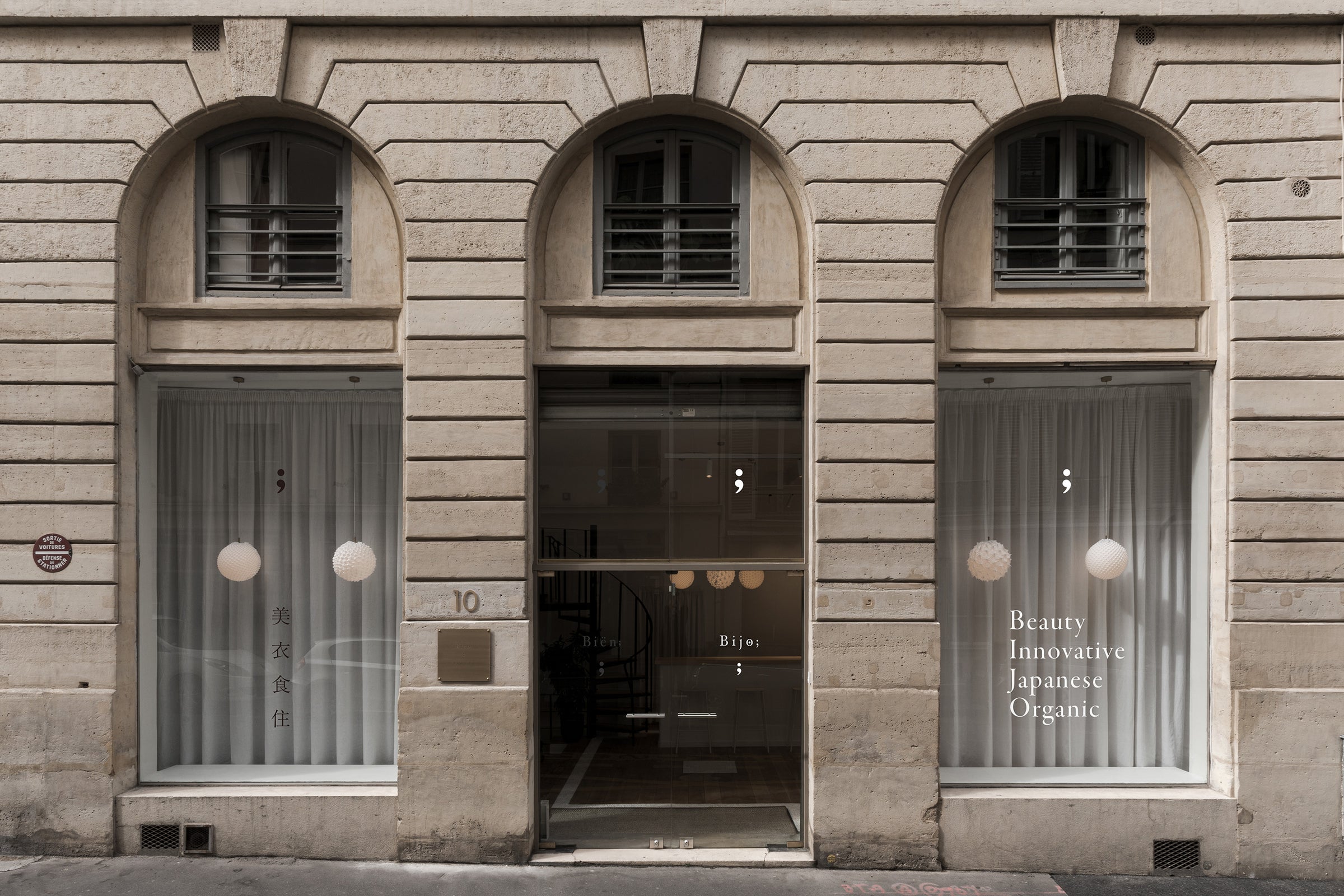Japanese layering is a facial care ritual which includes 7 to 10 steps and which is practiced daily by the Japanese to ensure beautiful, natural skin at all ages.
If the number of steps can make you smile, it is perhaps because it is the antithesis of the Western vision of care, which consists above all of looking for the miracle product and using makeup to give your face the desired appearance.
However, layering is also proving its worth in Europe where Korean (K-beauty) and Japanese (J-beauty) beauty rituals have been gaining popularity in recent years. And although the brands and ingredients used vary, the miracle happens every day since it is not the product that changes the situation but rather the understanding of your skin, the gestures and the order of application of the treatments.

Thus, layering, whether Japanese or Korean, consists above all of understanding your skin, its structure and its needs. The Koreans are doubling their ingenuity and innovation to create treatments with instant results (but not always lasting). The Japanese are moving towards treatments that harmoniously combine traditional Japanese ingredients with modern discoveries in contemporary cosmetics. A praise of slowness, prevention and repetition. An active meditation that is practiced twice a day and brings lasting results within a few weeks.
1. (Double) cleaning
The first step of layering consists of cleansing the skin carefully and gently to purify it of all the impurities accumulated during the day. This promotes its regeneration during the night and makes it more receptive to active ingredients. Although perfectly cleansed skin prevents pore blockage and oxidation, there is no question of damaging it. Also, cotton pads and micellar waters are not popular for cleaning because they are too aggressive. We prefer a method that is just as quick and much more efficient: double cleaning.
step 1 - oil
To remove makeup, dust, sebum and pollution, choose an oily substance (oil, balm or milk) and massage your skin with your fingertips. There is nothing better for removing impurities without damaging your skin.
step 2 - water
Back when Japanese women used unprocessed oils to remove makeup, they needed soap (surfactant) to remove the oil. Today, brands have directly incorporated surfactants into milks, balms and oils for ease of use. Also, simply emulsify the makeup remover with lukewarm water to remove the oily substance. Massage your skin with your fingers or a konjac sponge and rinse your face.
If you still want to use a soap or cleansing gel afterwards (like many Japanese women) choose a gentle product and don't waste your gentleness efforts by rubbing your face in a towel to dry it. Dab the towel against your skin, it works just as well!
WHEN: every evening
2. Exfoliation (optional)
Despite daily cleansing, a layer of dead skin naturally forms on the surface of the skin; it is called the stratum corneum. This layer, in addition to clogging pores and dulling the complexion, prevents skincare products from penetrating the dermis. Also, the second step of layering consists of exfoliating it weekly with the same philosophy as before: gently!
WHEN: in the evening, once a week
3. The lotion
The treatment lotion is an essential step! And many Japanese people don't understand why Westerners don't use it, because in addition to all its benefits, it considerably increases the performance of active care.
Skin saturated with water (a treatment lotion is mainly composed of water or floral hydrosol) is like a sponge. Soft, plump and capable of deeply absorbing treatments concentrated in active ingredients (notably essences and serums). It is the ally of all skin types since it reduces small dry lines in the same way that it rebalances combination skin which overproduces sebum to protect itself from dehydration.
You can apply it with a cotton pad that you pass over your skin to remove the last impurities, or directly using your hands that you press against your skin to make it penetrate. Skincare maestro Chizu Saeki suggests applying compresses saturated with water and lotion to the skin daily for a few minutes for optimal hydration. The choice is yours!
WHEN: morning and evening
4. Serums and essences - at the heart of the skin
If cleansing and lotion are essential to the well-being of our urban skin, serum is absolutely not and yet the Japanese love it.
This targeted treatment, with a fine molecular weight, penetrates deep into the dermis (previously prepared by the lotion) to take care of the skin locally and deeply. Flawless skin can do without it, but if you have a problem to resolve (spots, sagging, patches of dryness, imperfections, scars, lack of radiance, roughness, etc.) the serum will be your ally!
Essence is thinner and more watery than serum which is often oily or creamy. Apply the active ingredient just after the lotion to increase its performance.
WHEN: morning and evening
MOISTURIZERS:
ANTI-AGING:
ANTI-PIGMENTATION:
ANTI IMPERFECTIONS:
5. The mask (optional)
The mask step, like that of exfoliation, is weekly but not essential. In the form of a sheet mask (fabric impregnated with lotion/serum) or cream/gel, the mask is applied to the face for 10 to 30 minutes. All masks are hydrating, but you can target other issues by choosing specific ingredients. It's a 2 in 1 step that replaces lotion and serum!
WHEN: evening

RUHAKU ULTRA-HYDRATING CLOTH MASK
5 individual organic cotton masks filled with a creamy moisturizing emulsion

LULULUN MOIST FABRIC MASKS + 45
32 daily masks to restore hydration and elasticity to mature skin that lacks firmness
6. The eye area
The eye area is a fragile and demanding area. The skin is much thinner and therefore more prone to dehydration and the appearance of fine lines. However, heavy treatments in large quantities only amplify the appearance of bags and wrinkles by weighing down the tissues. Also, you must choose a light treatment rich in active ingredients such as an essence and apply it with your fingertips by tapping to activate blood circulation.
WHEN: morning and evening
7. Oil
Once the skin is cleansed, hydrated and cared for, the next step is to apply an oil to 'trap' the water in the skin and prevent the aqueous treatments that we put so much effort into our skin from evaporating into the ambient air.
The oil also helps nourish the dermis and provides comfort to skin that lacks suppleness. Choose it fine, non-comedogenic, with ingredients that meet your needs.
WHEN: evening
8. Massage
The application of oil (or a rich cream) is ideal for practicing facial massage, the hitherto well-kept secret of Japanese women! Daily massage, in addition to being a real natural lifting, brings a lot of radiance to the skin since it stimulates lymphatic drainage and thus the purification of waste which dulls the complexion!
WHEN: morning and evening
9. Moisturizer
It comes last in the Japanese treatment ritual and is often the only step in the Western ritual. The cream, which has a large molecular weight, provides little water to the skin and does not penetrate deeply. Its role is simply to create a barrier that prevents internal hydration from evaporating, while limiting the introduction of external elements such as pollution and dust.
WHEN: morning
You now have all the keys to understanding your skin and the multitude of treatments available to you. It's up to you to choose what suits you best to rebalance your skin and improve its quality.
However, don't forget that your skin is also influenced by your lifestyle and your diet.
You can also consult our article on japanese beauty food !

